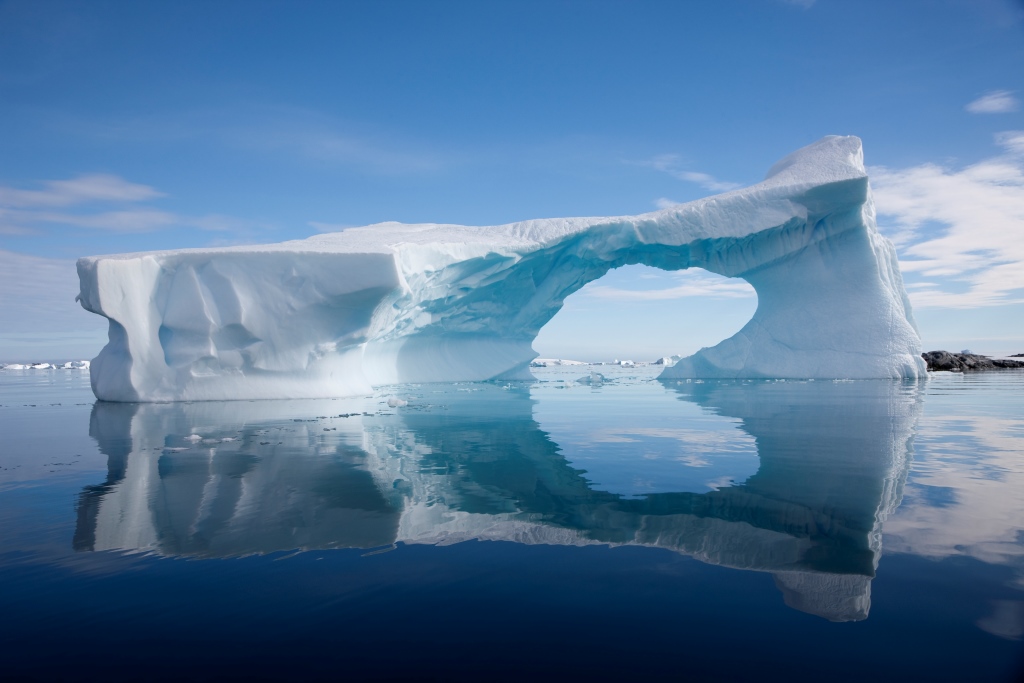The most recent research shows that the thaw of the Greenlandic ice cap is being slowed down by a subglacial plumbing system.

The research has been presented by Ph.D Ginny Catania, associate professor from the Department of Geological Sciences of Jackson School of Geosciences.
The researcher explains that underground plumbing system is made up of meltwater that falls from the surface of the sheet into moulins – natural pipes that run for over half a mile from the overlying ice to the bedrock. When the water level in the Moulin is higher, the ice sheet slides faster. In the past few decades there has been much greater summer surface melting.
The researchers found, though, that while a greater volume of meltwater in the moulins causes the ice sheet to move more quickly, the ice becomes less sensitive to the melting water during the warmer summer months. The scientists believe that this could be down to the subglacial plumbing system, which allows it to adapt to the higher amount of meltwater.
Dr. Catania's research involves understanding ice sheet and glacier changes both from natural variability and climate forced variability. This involves improving the observational data sets that quantify cyrosphere change but also focusing on improved understanding of the dynamical processes that control ice flow. In particular, her research focuses on basal processes, the flow of water on top of, through and beneath ice and understanding the history of ice motion so that modern ice sheet changes can be put into context.
The main research tools used by Catania's research group include ice-penetrating radar to image internal layers in the ice and quantify the properties of the basal interface; simple kinematic models to interpret internal layer stratigraphy; GPS to measure changes in ice motion; borehole observations to directly sense the englacial and subglacial environment; remote sensing of ice sheet changes and physical models to reproduce ice dynamical processes in the laboratory.
